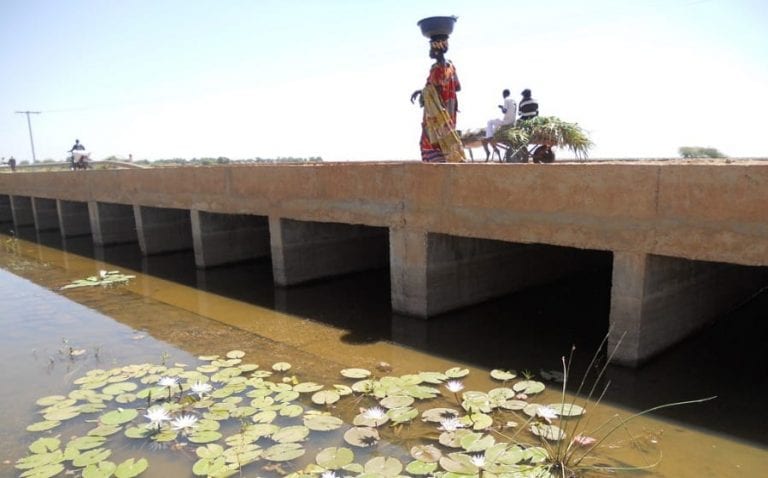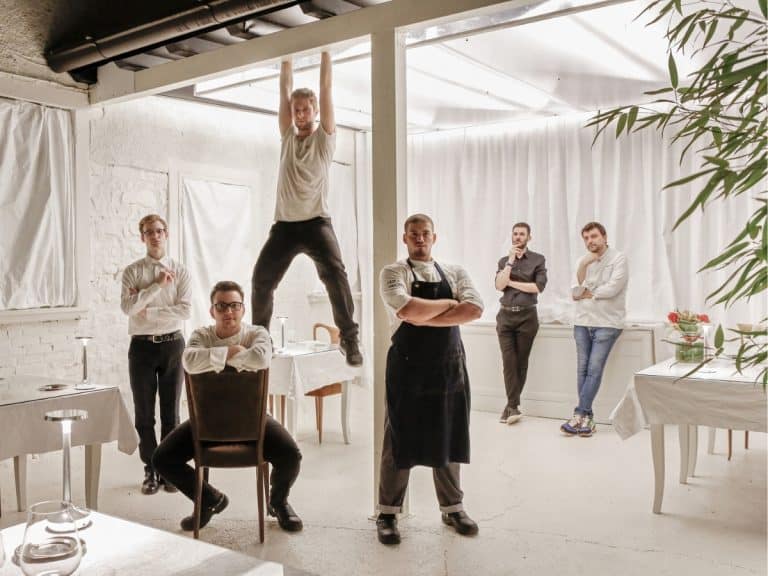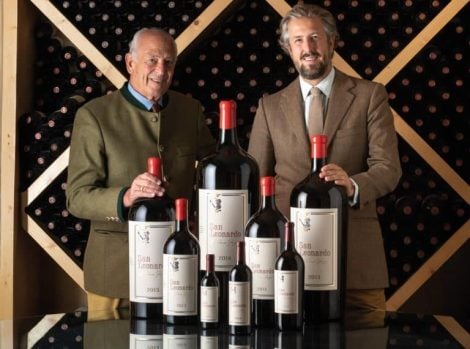At the core of International Forum on Nutrition and Nutrition, organized last month by the Barilla Foundation at Bicocca Hagar in Milan, a study on Food and City presented at the summit, an encouraging picture of what's happening in the world––in some of the major cities––to meet the objectives of the 2030 Agenda promoted by the UN. The area of comparison is that of large population centers, where by 2050 80% of the world population will be concentrated. A battlefield ailed by the food crisis, especially in terms of waste and difficulty accessing food.
The report drawn up by researchers and policy makers of the municipalities involved wants to be a (re)starting point to inspire possible solutions, and together be a moment of confrontation to reflect on what's been done so far. The seven cities taken into consideration are New York, Rio de Janeiro, Ouagadougou, Tel Aviv, Seoul and Sydney and representing Italy, Milan. Starting from Milan the objective is finding out how the commitment made at Expo 2015 by the Milanese administration is doing. Objective: reduce food waste by 50% before 2030. Two privileged maneuvers, with direct intervention on family consumption - which generate 40% of food surpluses due to incorrect purchasing and consumption habits - and the recovery of food surpluses generated by the city's school cafeterias (over 400).
In the first case, it was decided to reward those who donate excess food with tax relief; as far as cafeterias, on the other hand, over 100 are involved in the redistribution of bread and fruit in excess after student meal times. On the other side of the ocean, New York has committed to improving the community's eating habits by stimulating citizens' awareness of eating healthier foods while encouraging access to healthy food at affordable prices. Among the most effective (and discussed) measures, the package of rules that regulate restaurant meals today, with the introduction of specific symbols on the menus, to pair with the information labels provided for products containing high levels of salt.
The approach of Sydney is furthermore different, where about 17,000 people can't afford to buy food. The Australian metropolis has therefore worked on supporting the development of a sustainable food industry, incubating and funding food companies involved in this direction and brought together under the protection of FoodLab promoted by the University of Sydney. In Seoul, meanwhile, is the Eco School project: the traditional Korean food system is based on habits that favor the consumption of foods that are beneficial for the body. The city has therefore invested over 2.5 billion dollars to serve healthy and quality food in school cafeterias. Thus offsetting the economic differences that don't allow many families to provide adequate nutrition to their children.
In Tel Aviv, the urgent need to promote correct eating habits has encouraged the development of urban agriculture practiced on the roofs of the city's public buildings and shopping centers, with vegetable gardens cultivated in hydroponics thanks to advanced technologies, which also supply the main restaurants of the city. In the meantime, tax breaks and incentives have encouraged the spread of sustainable practices between private individuals and businesses, driven to save electricity and water.
The road ahead for Rio de Janeiro is more difficult, here the galloping population growth puts at risk a territory subject to uncontrolled anthropization, and the pockets of poverty are increasingly vaster. In fact, therefore, the city is still looking for effective solutions to develop a sustainable food culture, and at the moment it focuses on the involvement of local agricultural businesses, with economic support aimed at rewarding virtuous realities.
Equally difficult is the struggle of Ouagadougou, the capital of Burkina Faso, which also responded to the significant population growth in recent years with the development of an urban agricultural production network that is as effective as possible. How can this be achieved? First of all by equipping the city's surroundings with 71 water basins that feed the production and favour agricultural enterprise, offering an important resource to feed the local population. Common objectives, solutions calibrated on the needs of the territory and different food cultures. With the hope that the comparison can spur new good practices.


 The oil always moves north, reaching England. How the map of olive trees is changing due to climate change
The oil always moves north, reaching England. How the map of olive trees is changing due to climate change The Nobel Sandwich we tried at CERN, just steps from antimatter
The Nobel Sandwich we tried at CERN, just steps from antimatter The two young talents from Gattinara revolutionising Italian cuisine
The two young talents from Gattinara revolutionising Italian cuisine Here is the Meditation Wine of the Year according to Gambero Rosso
Here is the Meditation Wine of the Year according to Gambero Rosso The 6 new 'Tre Forchette' restaurants of Gambero Rosso: here they are
The 6 new 'Tre Forchette' restaurants of Gambero Rosso: here they are






